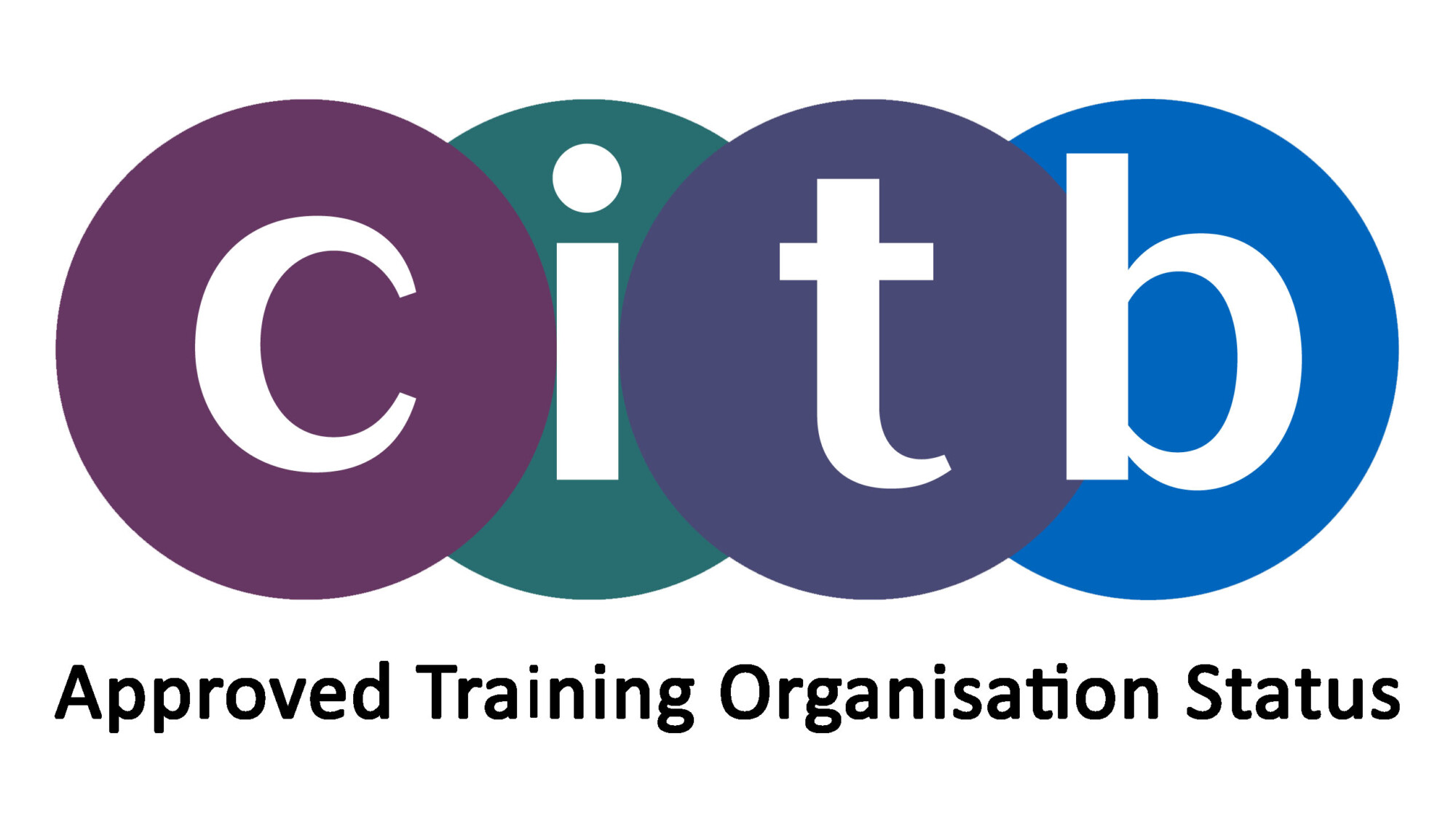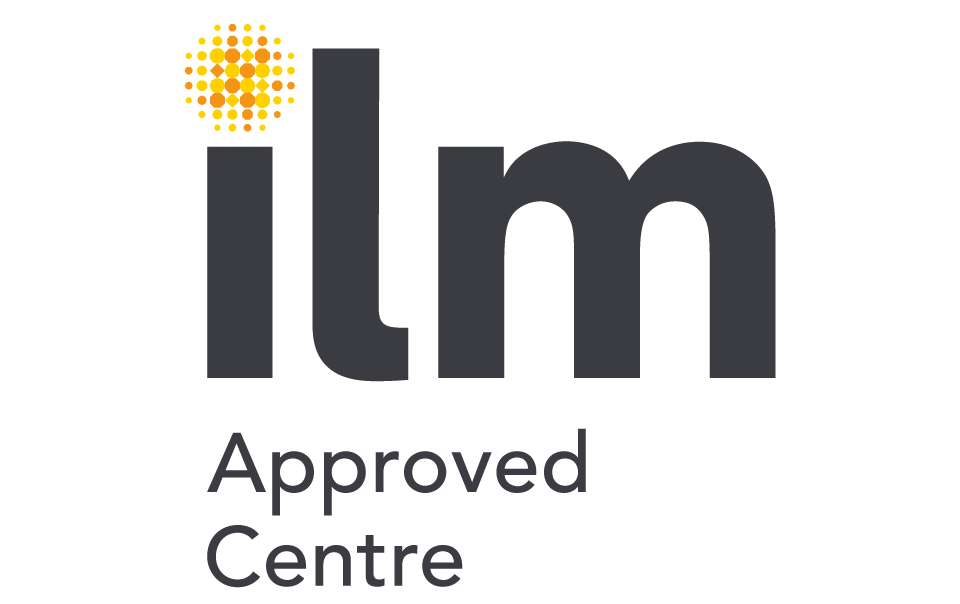Workplace Psychological Safety – Too Much or Too Little?
Workplace psychological safety has been a hot topic in recent years — but with popularity often comes pushback. At Keystone, we’ve seen people question whether there can be too much psychological safety:
🔴 Won’t it make teams soft?
🔴 Shouldn’t we balance it with high performance?
At Keystone, we believe that’s a fundamental misunderstanding. As Psychology Today puts it:
“It’s not about shielding people from discomfort. Quite the opposite: It’s that teams can have uncomfortable conversations and everything is discussable.”
Exactly. High-performing teams don’t avoid discomfort – they lean into it. They learn from mistakes, give and receive developmental feedback, disagree constructively, and challenge managers as well as peers. They also trust each other’s motivations, share resources, acknowledge good work, and bring energy and enthusiasm to the job.
In short, psychological safety isn’t about being cosy.
⛔ If a team is ‘too nice’, that isn’t psychological safety.
⛔ If a team is driven, but people have to watch their backs, that isn’t psychological safety either.
It’s the balance of support and challenge that makes psychological safety real.
The Nuances of Workplace Psychological Safety
Here’s another misconception: psychological safety isn’t one single ‘thing’. Each team has a profile of where safety exists strongly and where it’s weaker. Think of a 0–10 scale or a traffic-light code across areas such as:
Is it safe to bring my identity to work?
Do we cooperate and support each other?
Can we speak up in meetings?
Can we give and receive feedback?
Is it acceptable to challenge the status quo?
Do we get support and constructive challenge from our manager?
No team scores a perfect 10 across the board. The goal is to reach a tipping point – enough strength in enough areas for the team to deliver consistently and adapt quickly. When that happens, the outcomes are clear:
✅ Stronger engagement
✅ More creativity
✅ Higher performance
✅ Better wellbeing
✅ Accountability and delivery of results
And these link directly back to specific areas. For example:
➡️ If people can’t challenge the status quo, creativity suffers.
➡️ If people can’t bring their identity to work, wellbeing suffers – even if results look good on paper.
Why Psychological Safety Matters
Psychological safety isn’t optional. In safety-critical environments, low reporting of near misses can be a warning sign of low psychological safety. In project teams, scope creep and overruns are often symptoms of poor psychological safety. With functional teams, grievances and ‘us vs them’ mentalities often trace back to the same root.
There is no such thing as too much psychological safety. But there is such a thing as not enough.
👉 What have you noticed about the nuances of psychological safety? Which areas feel strongest or weakest in your teams, and how does your organisation support improvement?
Keystone Can Help Create Psychological Safety in Your Teams
We’re passionate about making psychological safety practical, not theoretical. If you’re curious about how other organisations are approaching it – or want to share what’s worked in your world – the Keystone team would love to connect. Let’s talk.
📧 hello@keystonetrainingltd.co.uk
🔗 linkedin.com/company/keystone-training-ltd
Esther Patrick is a Client Accounts Director at Keystone and a member of the Senior Leadership Team. An experienced consultant and management author, she has nearly 20 years’ experience leading client partnerships across sectors from construction to healthcare and designing leadership, culture, and team development programmes aligned with their strategic goals and values. Esther is passionate about creative, human-centred learning.



